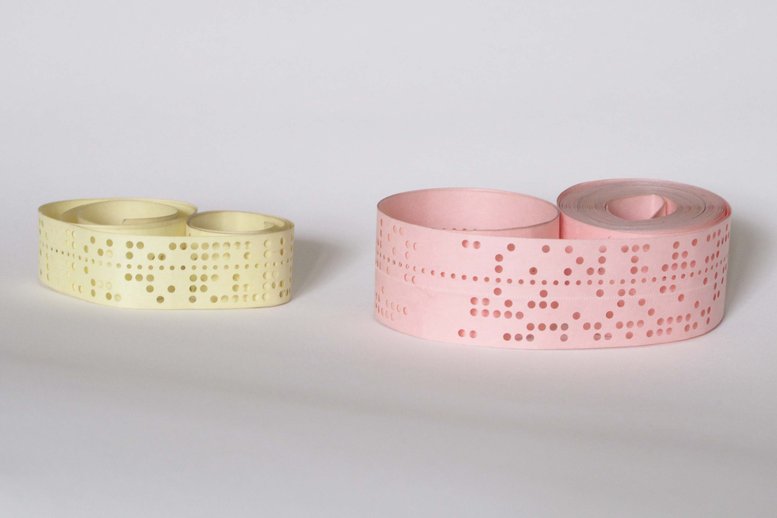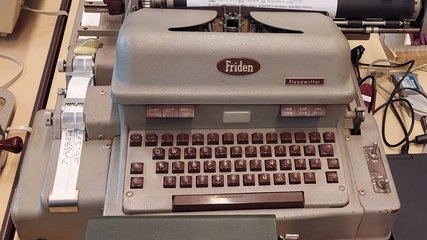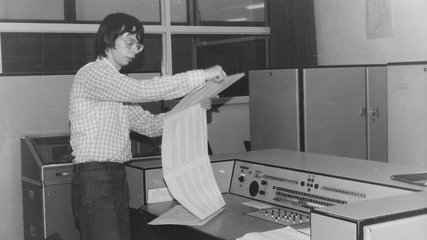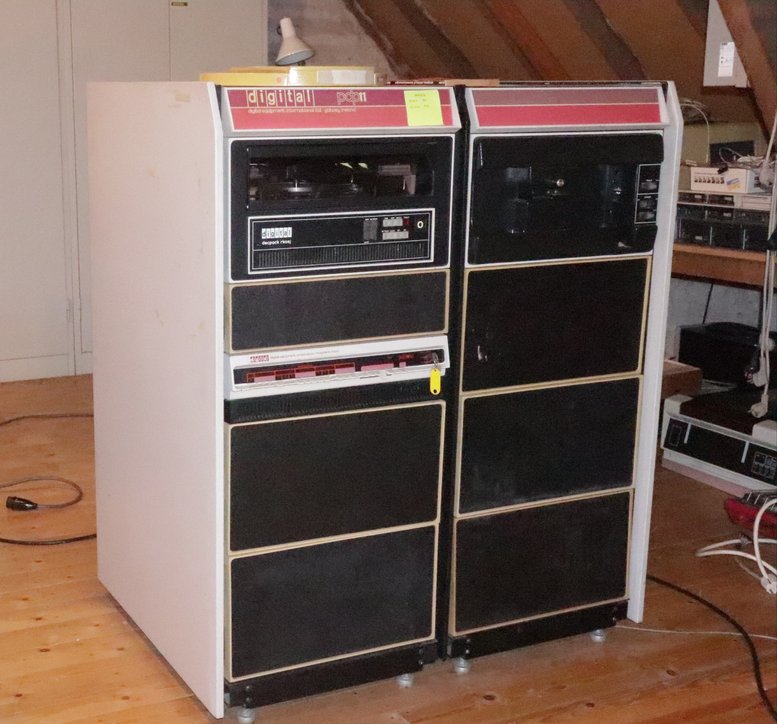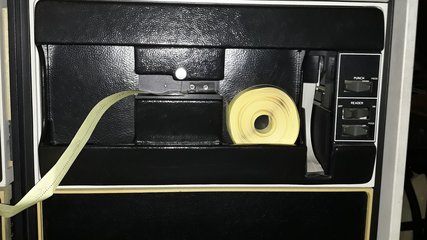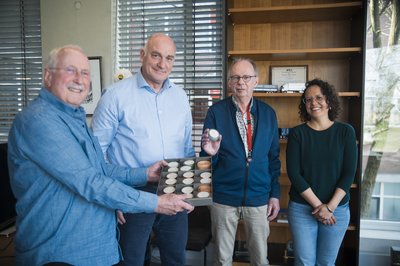Before USB sticks, hard drives or even floppy disks, early computers stored data in a very different way: on punched tape. This paper medium, used from the 1950s to the 1970s, played a key role in programming, data exchange, and automation.
At CWI, we are preserving a unique collection of punched tapes originally used at our institute (then called Mathematisch Centrum), which are associated with early Dutch computers such as the Electrologica X1. As part of a long-term digital heritage project, we have carefully read, decoded and archived the contents of over 160 tapes. The collection contains tapes with ZEBRA Simple Code, X1 handcode, Algol60 source code for (mostly) numerical functions, and several text documents.
